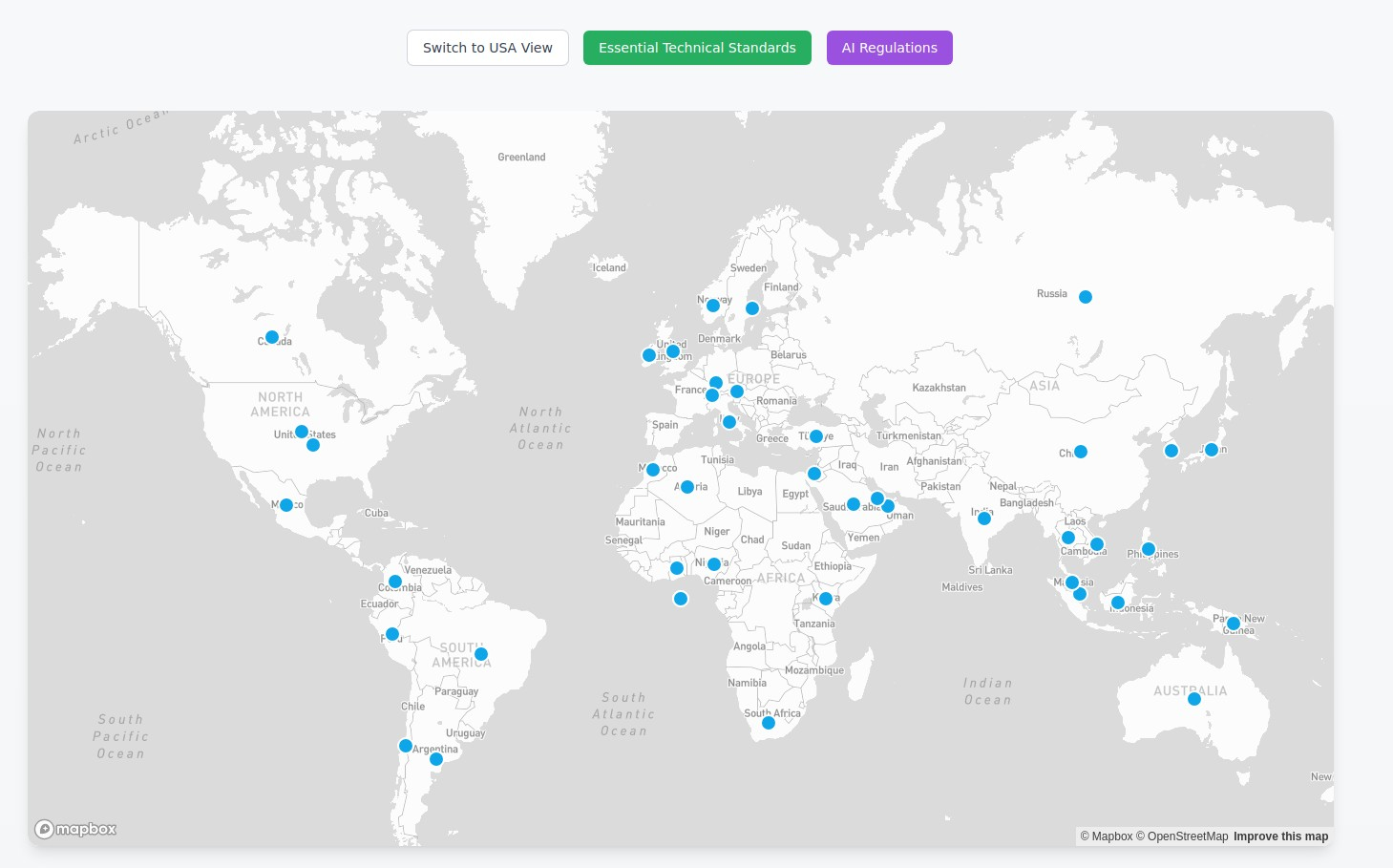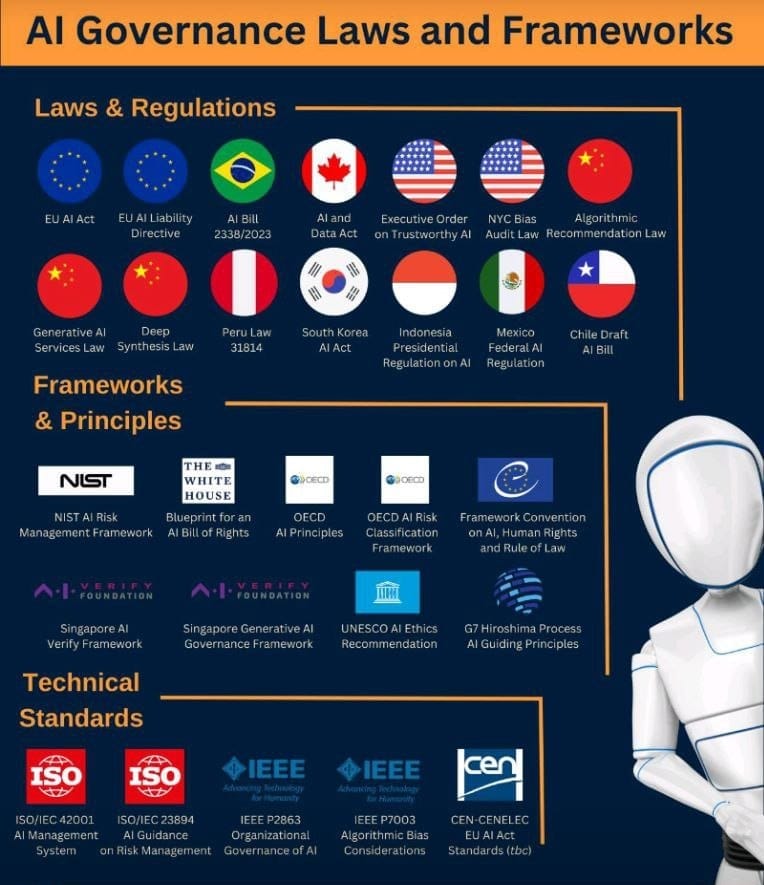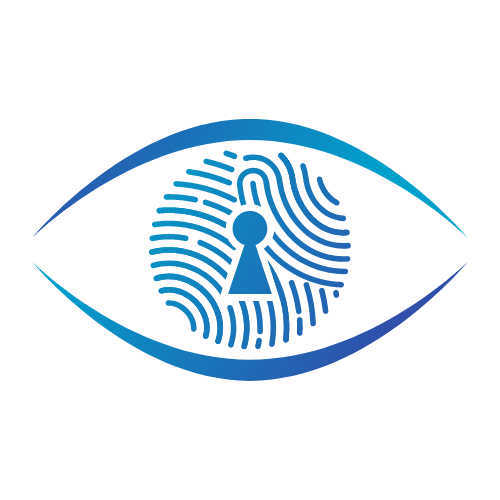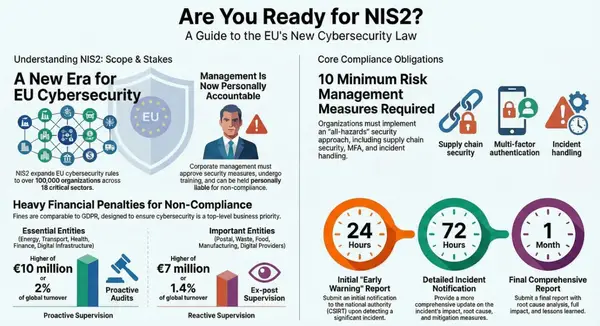APAC Cybersecurity Compliance: Regional Trends and Strategic Approaches for 2025
Stay ahead of evolving compliance requirements with our comprehensive analysis of 2025 regulatory trends. This guide offers strategic insights and practical implementation steps for compliance professionals navigating today's complex regulatory landscape.

The Asia-Pacific region continues to experience rapid digital transformation, bringing with it evolving cybersecurity challenges and regulatory responses. As organizations navigate this complex landscape in 2025, understanding the regional compliance trends and strategic approaches is essential for maintaining security and business continuity.

Key Regulatory Developments Across APAC
Cybersecurity regulations in the APAC region are becoming increasingly sophisticated, with several countries implementing new frameworks and requirements:

Singapore's Enhanced Cybersecurity Framework
Singapore has reinforced its position as a regional leader in cybersecurity regulation with several key developments:
- The Singapore Parliament enacted the Cybersecurity (Amendment) Bill in 2024, introducing key changes to its Cyber Security Act 2018.
- The Cyber Security Agency of Singapore (CSA) released Guidelines on Securing AI Systems in October 2024, providing guidance on securing artificial intelligence implementations.
- Singapore has signed Mutual Recognition Agreements (MRAs) with cybersecurity agencies in Finland, Germany, and South Korea to mutually recognize cybersecurity labels for IoT devices.
These agreements, which came into effect on January 1, 2025, streamline the certification process for manufacturers while enhancing security standards for connected devices.

Australia's IoT Security Standards
Australia has implemented new security requirements for Internet of Things (IoT) devices, mandating that manufacturers and suppliers comply with security standards specified by the Australian Government.

Key provisions include:
- Compliance with government-specified security standards
- Requirements to provide and retain statements of compliance
- Enforcement mechanisms including compliance notices, stop notices, and recall notices for non-compliant devices
Australia also announced its Voluntary AI Safety Standard in September 2024, demonstrating the region's growing focus on securing emerging technologies.

Japan's Voluntary IoT Security Scheme
Japan's Ministry of Economy, Trade and Industry (METI) has developed a voluntary scheme establishing baseline and category-specific security requirements for IoT products. This approach includes:
- Security requirements aligned with international standards
- Labels granted based on self-declarations or third-party evaluations
- A focus on reducing conformity assessment costs for vendors
The scheme is set to begin accepting self-declarations and granting labels by March 2025, providing a structured approach to IoT security in the Japanese market.

AI Security: A Growing Priority
As artificial intelligence adoption accelerates across APAC, securing AI systems has become a focal point for regulators and organizations alike. In 2025, we are seeing several key trends in this area:
- Transparency in AI Compliance: Transparency is becoming a cornerstone for AI compliance frameworks, with organizations facing growing pressure to clearly communicate the mechanics of their AI algorithms.
- Regulatory Framework Development: While comprehensive AI security regulations are still emerging in the region, initiatives like Singapore's Guidelines on Securing AI Systems and Australia's Voluntary AI Safety Standard are setting the foundation for future requirements.
- AI-Powered Security Solutions: Organizations across APAC are increasingly using AI to combat cyber threats, with 43% of security professionals predicting that sophisticated AI-powered threats will evade traditional detection methods.

Critical Infrastructure Protection
Following high-profile incidents such as cyber espionage attacks against India's government and energy sectors and the cyber-attack on Indonesia's National Data Centre, protecting critical infrastructure has emerged as a top priority across APAC.
Regulations are expanding to include both physical and virtual critical infrastructure and introducing new obligations for operators, including:
- Statutory obligations to strengthen critical computer systems
- Mandatory measures for preventing, responding to, and recovering from cyberattacks
- Expanded scope of cybersecurity regulation

Strategic Approaches for Organizations
For organizations operating in the APAC region, several strategic approaches can help navigate the evolving compliance landscape:
1. Adopt Unified Security Platforms
In 2025, AI-powered, unified data security platforms are becoming increasingly important for APAC organizations. These platforms:
- Continuously analyze data on attack surfaces
- Manage incidents while ensuring infrastructure components communicate seamlessly
- Strike a balance between streamlined security management and advanced threat protection
- Help address the region's ongoing cyber skills shortages by augmenting existing capabilities

2. Prepare for Deepfake Threats
The number of attackers employing deepfakes is increasing in 2025, with the generative AI technology becoming more accessible. Organizations should:
- Recognize that traditional defenses are becoming less effective against these threats
- Adopt advanced solutions specifically designed to detect and mitigate synthetic media
- Implement authentication protocols that can verify the legitimacy of digital communications
3. Invest in Quantum-Safe Security
APAC countries including China, Japan, South Korea, Singapore, and Australia are driving significant investments in quantum computing. While quantum attacks on current encryption methods aren't yet feasible, organizations should:
- Begin planning for post-quantum cryptography
- Assess potential vulnerabilities in current encryption implementations
- Consider the quantum computing implications for long-term data protection

4. Monitor Regulatory Developments
The regulatory landscape in APAC continues to evolve rapidly. Organizations should:
- Actively monitor legislative developments across the region
- Engage early and often with policymakers to ensure the private sector's experience informs regulations
- Develop flexible compliance frameworks that can adapt to new requirements

Conclusion
The cybersecurity compliance landscape across APAC in 2025 reflects both the growing sophistication of threats and the region's commitment to building robust digital defenses. Organizations operating in this dynamic environment must balance compliance requirements with practical security measures while preparing for emerging challenges.
By understanding regional trends, investing in appropriate security technologies, and maintaining flexibility in compliance approaches, organizations can not only meet regulatory requirements but also build genuine security resilience in an increasingly complex threat landscape.
If you're interested in learning more about specific data protection regulations in the APAC region, our articles on Vietnam's Law on Data: Key Provisions and Implications and Understanding Data Breach Notification Requirements under Malaysia's PDPA provide valuable insights into country-specific requirements.
For broader context on cybersecurity in emerging markets, you might also find our article on Cybersecurity in Africa: Navigating Threats, Trends, and the Tech Landscape to be a useful comparative reference.
In our next post, we'll examine specific case studies of APAC organizations that have successfully integrated compliance requirements into their broader security strategies.
















